The second wave of Covid-19 and its impact on the Kashmir economy can be managed by peoples’ participation and smart strategy writes Syed Suhail Yaqoob
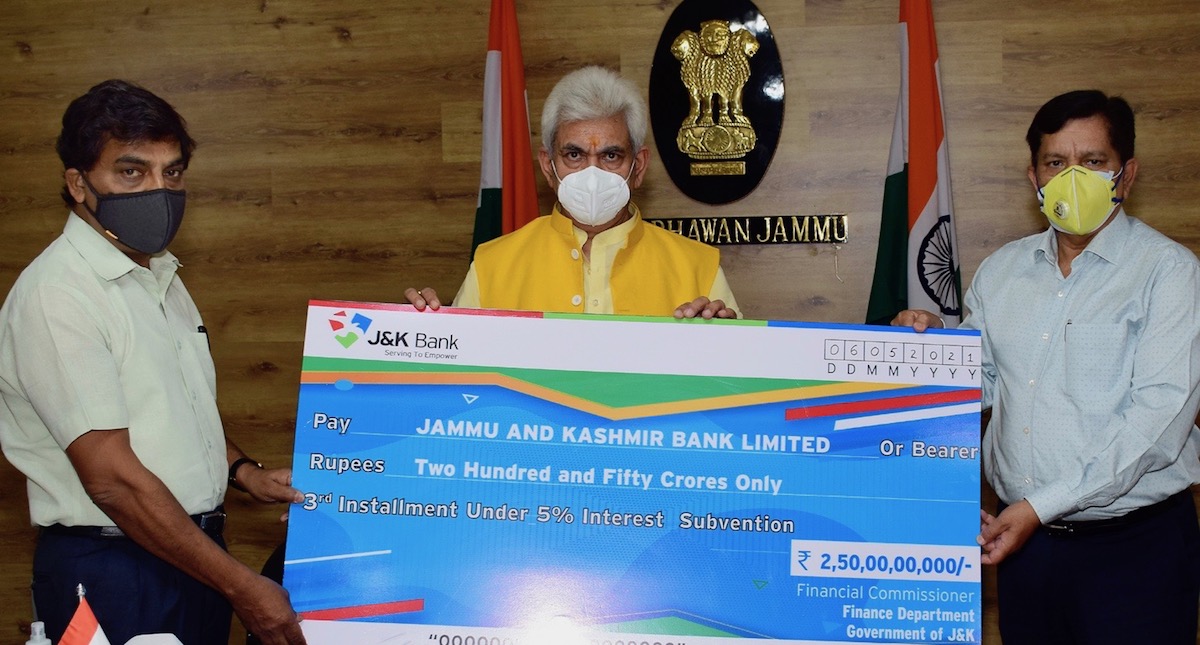
The second wave of Coronavirus has taken India by storm. It was sure to come as the virus has an inbuilt capacity to mutate. How we reached this very level is anybody’s guess. The superstitions in particular and the conspiracy theories associated with the virus are seen as a major contributor to this crisis. The situation took a grim turn when almost election fury witnessed the participation of millions of people.
The SOP’s associated with the virus were thrown down to winds. No wonder now the whole health services seem to have crashed down like a pack of cards. The media reports have confirmed the hundreds of deaths particularly in the capital city of Delhi. The unofficial number is quite a bit higher. Observers have revealed that the virus has mutated and is more infectious than the first one. In fact, there may be many mutants present now. Although the virus in itself is not so infectious what makes it deadlier is the low quality of health services in India. No wonder media reports confirmed the lack of beds and oxygen cylinders even in the best hospitals in the country.
A Second Lockdown?
With rising infections and deaths, the country may be nearing the second phase of lock-down. The official statements have although ruled out the policy of nationwide lock-down citing economic reasons. In the first phase of lock-down, the country witnessed a 23% contraction in the economy. The estimates further revealed that the number of poor people increased in the country by almost 7.5 crore within the lock-down days. It is estimated that the number of poor people (with income less than $2 (Rs 150) or less in a day) in the country increased from 6 crores to 13.4 crores.

Moreover, the middle class on whom India has traditionally been banking on for being the biggest consumer market also saw huge contraction. In economic theory, it is especially the middle class that usually drives the economic growth. As the economy plunged into a recession in 2020, India’s vast middle-class also shrank by 3.2 crore in numbers — to 6.6 crore from the pre-pandemic level of 9.9 crore. Given rising positive infectious cases many people are wondering about its impact on the Indian economy. However, the chief economic advisor said that the impact of the second wave of Covid-19 on the Indian economy may not be ‘very large”. Some estimates reveal that the Indian economy will suffer a contraction of 7.96 % in 2020-21.
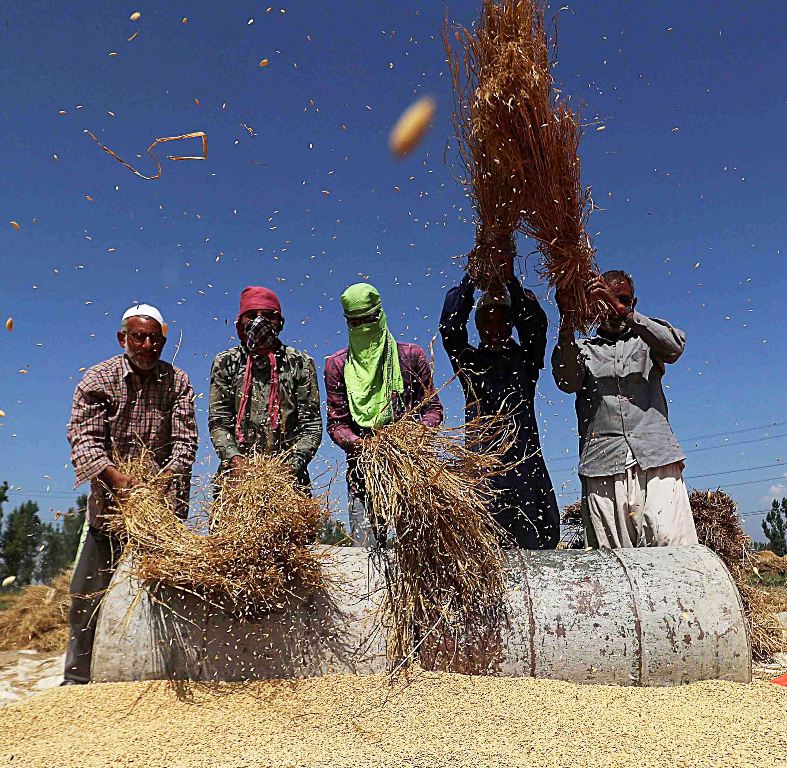
In Jammu and Kashmir
Back in Jammu and Kashmir, the concern is of both rise in infection levels and its serious impact on the economy. From the last few weeks, there has been a spike in both infections as well as deaths. The rise in infection levels may be attributed to rapid testing going on in the state. The speed of the testing saw a severe fall in the first wave of the coronavirus. Not only the people but also the state administration adopted the callous attitude towards the spread of Coronavirus. Many would not have thought that the virus would spread again with much energy and ferocity. We are at the brink of another lockdown and its consequences are disastrous especially for its economy.
Although our economic structure is largely agrarian, however, around 58% of our state gross domestic product comes from the service sector. The other two major sectors constituting the state economy are industry at 27.8 percent and agriculture at 16 percent. With the rise in infections and deaths, the service sector will get shot in the arm. This sector was severely affected in the aftermath of the 2008 crisis, 2010, 2014 floods, 2018 and 2019 Covid crisis.
If the present rate of infections and deaths continues, the administration might think of a permanent lockdown. This will have disastrous consequences on the service sector. A particular concern is of the people who are self-employed and wage labour in this very sector. For instance, the tourism sector and transportation sector constitute a major chunk of the service sector and is likely to become affected in the days to come.
Tourism
The tourism industry not only employs thousands of people but also contributes around 8% of our gross domestic product. The sector has huge potential for employment generation, even for unskilled manpower. Moreover, this sector caters to the allied sectors like handicrafts, handlooms, and transport. It was hoped that there would be a huge rush of tourists (both local and foreign) this year. The Gulmarg, the famous tourist spot, did witness a huge rush this winter. However, things seem to be gloomy.
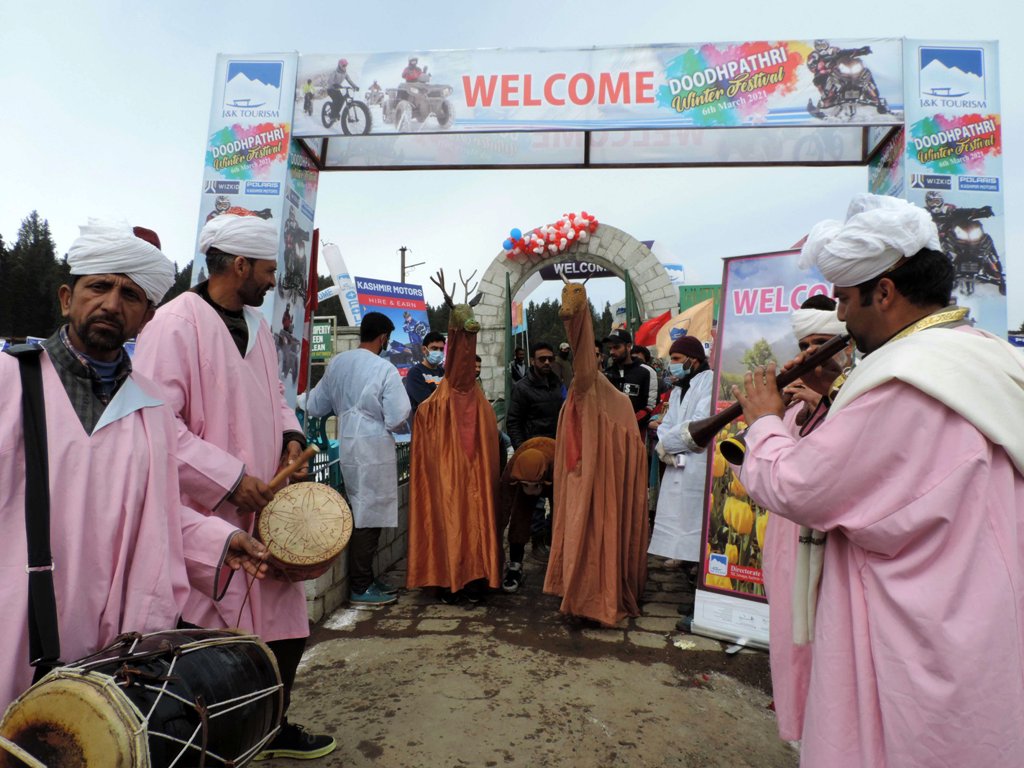
With the rise in Covid infections, the tourist flow will be dented which has consequences for our tourism industry. For instance, the major tourist attraction like the famous Tulip Garden is now closed for tourists. The fall in the tourist footfalls will also cause a decline in the income of people who are directly or indirectly dependant on the sector. The decline in tourist flow will lead to a decrease in occupancy rate across the hotels of Kashmir valley thus harshly impacting the incomes.
Transportation Crisis
Our further concern has to be the transportation sector. This sector employs thousands and with the closure of transportation, they are sure to lose jobs and incomes. This sector was also hit during 2008, 2010, 2014, 2016, 2018 and 2019. This sector will also feel burnt given that tourist flow is expected to come down.
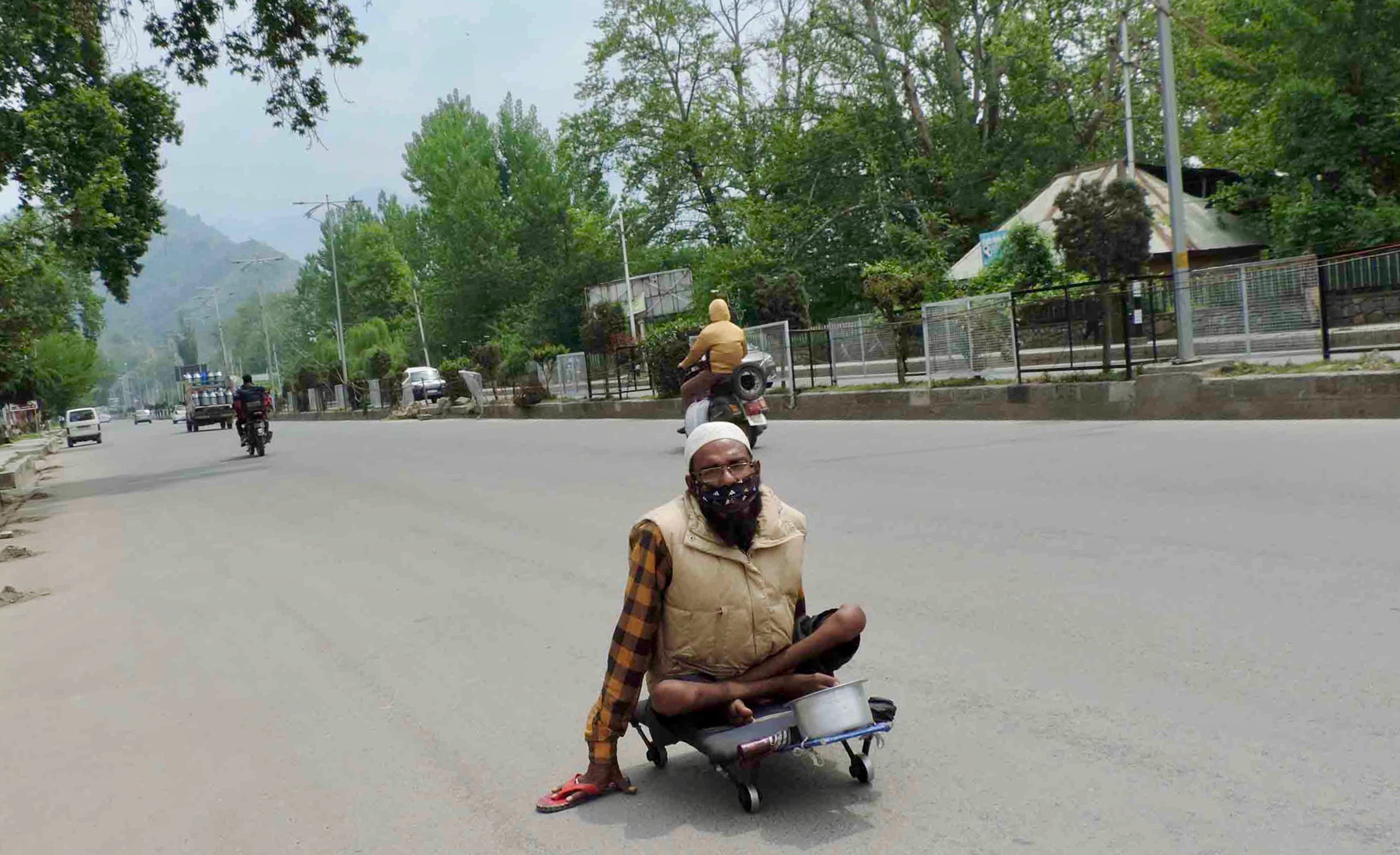
The lockdown will also impact the industrial sector on a large scale and apprehension is that the small-scale industry will be the most hit. The debt problem will become more worrisome. The agriculture sector, however, might remain immune to the lockdown. Fortunately, the agricultural produce is harvested in the later months of the year and there is enough time for that at hand.
Apple Economy
For instance, the apple industry, which generates close to Rs 20,000 crore will not feel burnt immediately as the harvesting season is far away. The harvesting seasons in Kashmir are particularly in the later part of October and the other months. Furthermore, Kashmir owns a good chain of cold storage facilities, which can retain a large part of produce for the other months. The impact on this sector can only be there if the Indian economy continues to show poor performance. But given the increase in vaccinations and stabilization in the health sector, the sector is expected not to be affected.
Smart Strategy Needed
In order to avoid the full-scale lockdown, we need a smart strategy. The administration has to devise ways to contain the spread of the virus through ‘micro-containments’. There is an urgent need for targeted and localised lockdowns only. Micro-containments are, however, a short-term solution.
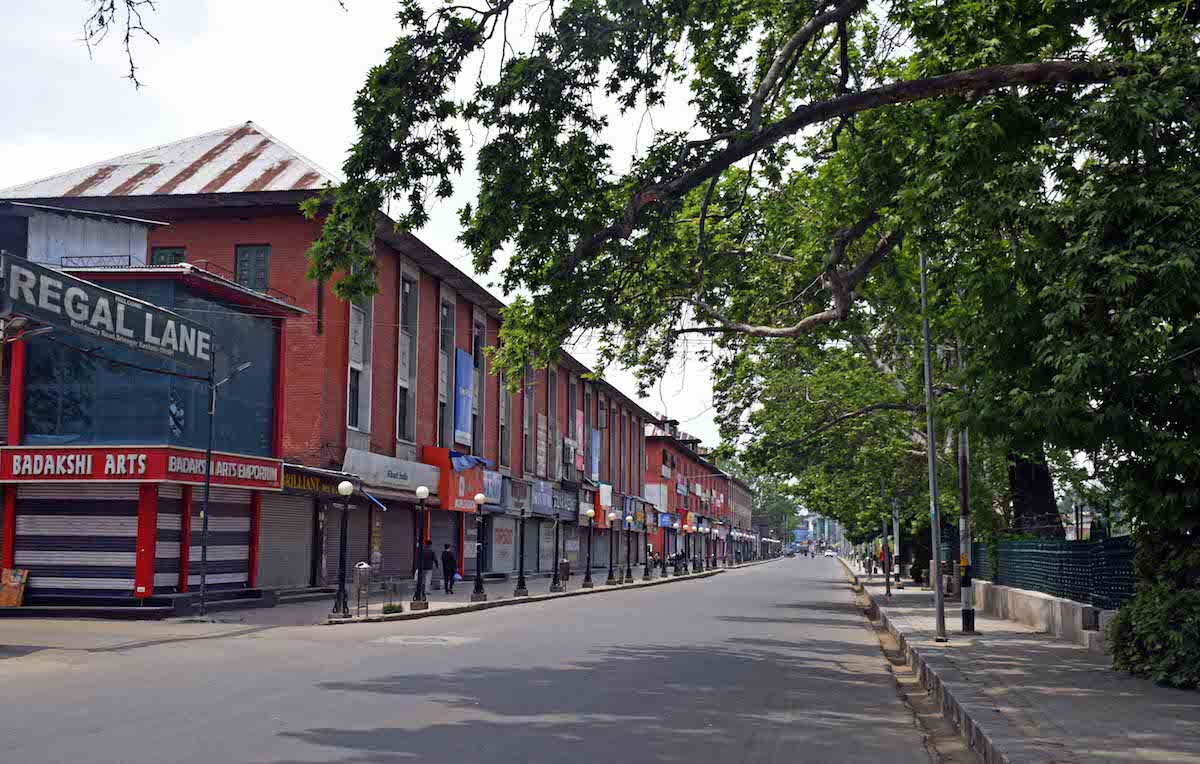
These measures will only provide us a time to prepare better. The only option is to make sure that the infrastructure in hospitals is beefed up, go for large-scale testing and vaccination. Moreover, as we have witnessed in the first phase of lockdown, there were various conspiracy theories associated with the virus and on-ground these theories are still in localities.

People refuse to get tested or vaccinated on various grounds. In this situation, the religious leaders can help to make people aware of the realities on the ground. The religious leaders, being closer to the grass root level, have huge potential to avert the situation. Moreover, given the many people who have lost their jobs, especially the small scale and self-employed people, the Zakat system must be renovated to make sure that in these tough times the families are not pushed into poverty. The system needs to be institutionalised to make its impact bigger on socio-economic indicators.
(Author is a PhD from economics at AMU and specialises in Gender and development. Ideas are personal.)















